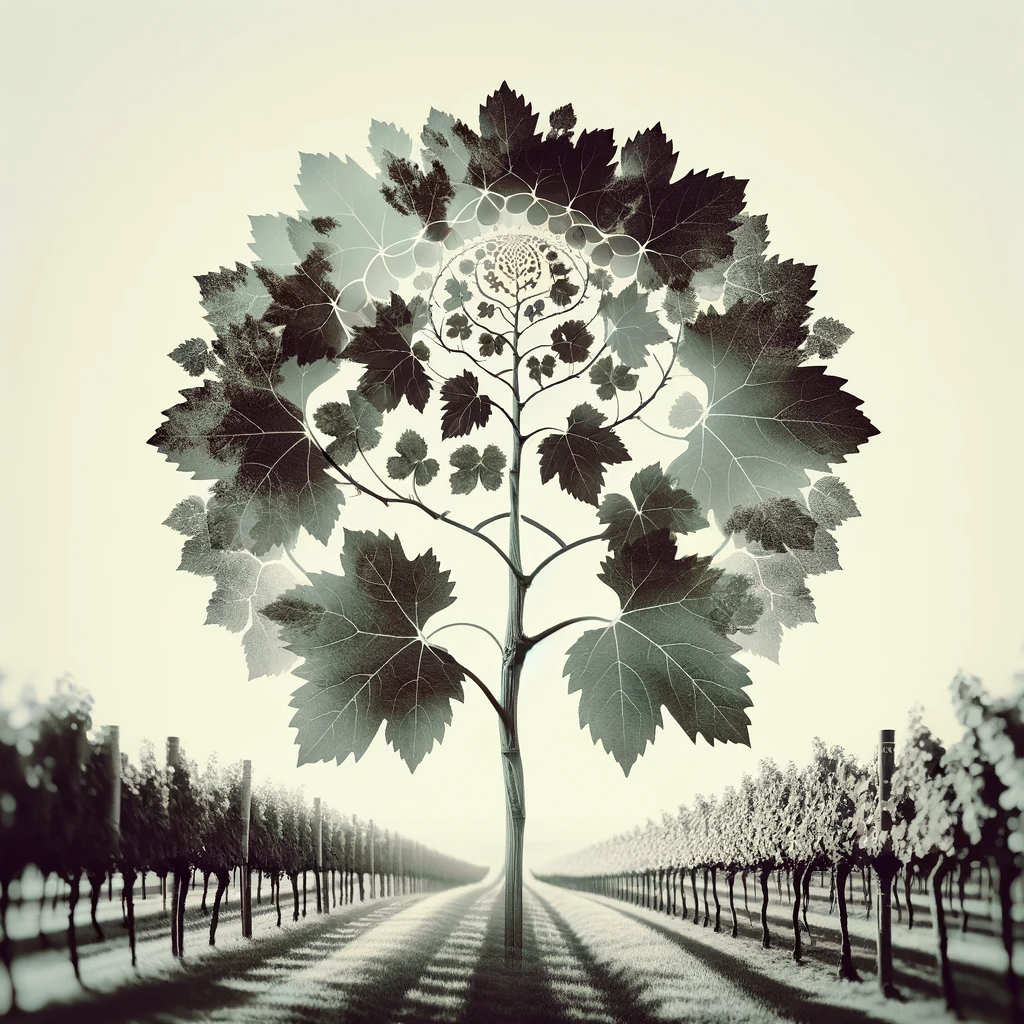Exploring the World of Grapevine Clones: Diversity in Your Glass
Have you ever wondered why each sip of wine offers a unique experience? The answer often lies hidden in the vineyards, specifically in a concept known as grapevine cloning. But what exactly are grapevine clones, and how do they contribute to the distinctive qualities of your favorite wines?
Understanding Clones: Nature's Replication
Basics of Grapevine Cloning: Clones are genetically identical vines, typically produced through methods like cutting and layering. Despite their genetic similarity to the parent vine, slight mutations during cell division can lead to significant differences.
Mutation and Diversity: These mutations, while often minor, can result in variations like grape size, skin thickness, or disease resistance. This natural process introduces a subtle yet impactful diversity within the same grape variety.
Clonal Selection: Tailoring Wine Characteristics
The Art of Selecting Clones: Vintners and nurseries carefully select clones with desirable traits for propagation, giving rise to different clones within a grape variety. This selection process is both a science and an art, requiring deep knowledge and experience.
Impact on Wine Quality: Each clone contributes distinct characteristics to the wine. For instance, Pinot Noir Clone 115 is prized for its low yield and small grapes, perfect for crafting high-quality red wines. In contrast, Clone 521, with its higher yield and larger grapes, is more suited for sparkling wines.
Impact of Clonal Variety on Wine Diversity
Balancing Uniformity and Diversity: The choice of clone affects vineyard uniformity and wine complexity. While vineyards with a single clone type can simplify management, combining clones usually leads to wines with greater complexity and balance.
The Role of Clones in Wine Profiles: This diversity in clones is a key factor in developing a wine's unique flavor profile. It allows winemakers to experiment and refine their wines' taste, aroma, and texture, contributing to the ever-evolving world of wine.
From Vineyard to Glass: The Journey of a Clone
Vineyard Practices: The journey of a clone from a vineyard to your glass is intricate. It involves careful cultivation, monitoring for disease resistance, and understanding the local environment.
Winemaking Techniques: Once harvested, the grapes from different clones are often blended or vinified separately, depending on the desired outcome. This process underscores the winemaker's skill in balancing the clones' attributes to create a harmonious and appealing wine.
Challenges and Opportunities in Clonal Selection
Facing Limitations: The limited availability of certain clones from nurseries can sometimes restrict a vintner's options. However, this limitation also pushes them to be more creative and resourceful in their wine production.
Exploring New Varieties: Occasionally, mutations lead to the development of entirely new grape varieties. This genetic evolution continues to expand the possibilities in the wine world, offering wine enthusiasts new flavors and experiences.
Conclusion: The world of grapevine clones is a testament to the complexity and depth of winemaking. These clones, often unnoticed by casual drinkers, are fundamental in shaping the wine's character. As you enjoy your next glass of wine, take a moment to appreciate the intricate interplay of genetics, cultivation, and winemaking that has crafted the flavors you relish. In the vineyards' quiet corners, clones continue to play their crucial role, subtly influencing the future of wine, one vine at a time.


